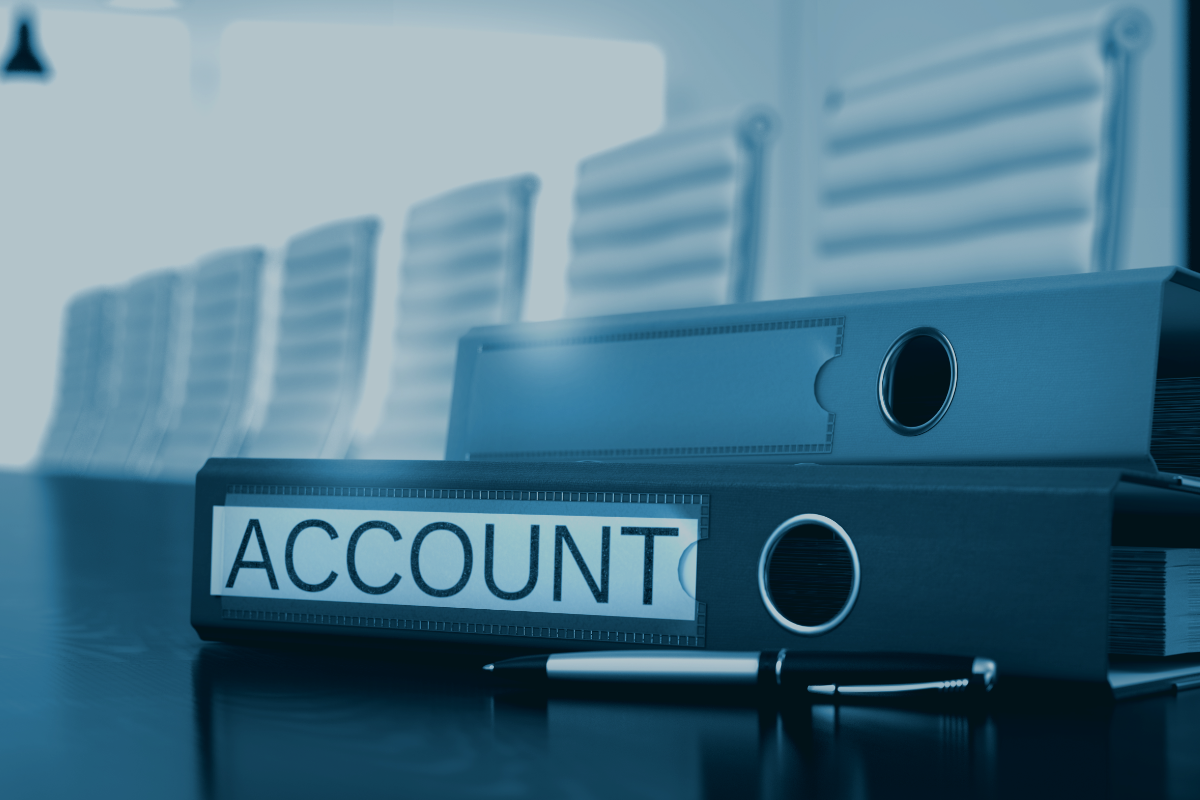In today’s world, most business to business transaction run on a credit basis largely than on a cash basis, and people do not make instant payments after they place an order. So, people in business send invoices to their customers in which they mention the number of days within which the customers have to make payment.
As the customers take time to make the full and final payment, the business owners give their customers a deadline to make the payment. Companies also provide these credit facilities to their unique or frequent customers which helps them to avoid the hassle of making physical payments every time whenever a transaction occurs between the company and the customers. For example: on top of the invoices businessmen mention the days as “net 30” which means that the customer will have to make the payment within 30 days from the date he receives the bill.
As the customers take time to make the full and final payment, the business owners give their customers a deadline to make the payment. Companies also provide these credit facilities to their unique or frequent customers which helps them to avoid the hassle of making physical payments every time whenever a transaction occurs between the company and the customers. For example: on top of the invoices businessmen mention the days as “net 30” which means that the customer will have to make the payment within 30 days from the date he receives the bill.

Companies make Accounts Receivable when they do their business on a credit basis. Accounts Receivable helps the company to find out its strength with the use of Accounts Receivable Turnover Ratio or Days Sales Outstanding. Companies find out its Turnover Ratio with the help of the following formula: Sales on Credit/ Average Accounts Receivable. With the help of this ratio, the companies also ensure that the percentage of accounts receivable in comparison to the sales remain fairly consistent.
In business terms, it is better to have lower accounts receivable balance which means along with placing orders your customers are making the payment quickly. Companies believe that along with growing business, your accounts receivable balance will also grow along with time as your sales to the customers will increase. Accounts Receivable is an asset and so is shown on the Assets side on the balance sheet representing money due to a customer in the short-term.

In business terms, it is better to have lower accounts receivable balance which means along with placing orders your customers are making the payment quickly. Companies believe that along with growing business, your accounts receivable balance will also grow along with time as your sales to the customers will increase. Accounts Receivable is an asset and so is shown on the Assets side on the balance sheet representing money due to a customer in the short-term.
Also, you will not be able to make payments to your suppliers which may result in stoppage of production in your business. It will follow in which you will not be able to make delivery of the goods to your customers because of the same reason, and fast growth is challenging for small companies.
To avoid such problems, tracking accounts receivable is vital so that you can recover money from the customers that they owe to you. Companies prefer to maintain proper records of accounts receivable which helps them to identify customers who owe payment to them. Also, they can easily know the amounts that the customers owe. These proper records also help the companies to decide which customers to chase down for payment in return for the goods.
With the help of proper records and the right strategies for maintaining accounts receivable, you will maintain adequate amounts of cash in your account, which is necessary for any company to grow. An excellent performance indicator would be not to have more than 15-20% total accounts receivable in 90 days category.

Accounts Receivable of your company:
- Provide incentives to customers making quick payments: Incentive is a perfect option for companies to get faster payments from their customers. Incentives can include discounts, gift vouchers, or coupons. If you let your customers pay at their schedule, they will treat it as an interest-free loan. For motivating your customers to make quick payments, a discount is a significant incentive.
- Establishing a line of credit: Companies can also establish a line of credit. While you are waiting for payments from your customers, if you need money for your business, you can withdraw from this line of credit. But establishing a line of credit has a disadvantage that you will have to pay interest for the money you withdraw from the line of credit, and it can also include additional fees which are necessary to pay to keep your line of credit open.
- Outsourcing facilities: Instead of wasting your time and efforts on chasing your customers and asking them to make payments on time, you can make use of the outsourcing facilities. It will reach out to your customers and ask them to make payments, and in return, they will charge fees for the successful payments. Also, if you do not want to waste money on these outsourcing facilities, you can ask them to collect payments from problematic customers only.
- Penalizing customers: You can even penalize your customers who do not make payment within the due date. This penalty can be a percentage of the invoice total. These penalties ensure that your customers will make timely payments in the future.
- Factoring: It is commonly called Accounts Receivable financing. It is one of the great ways to improve cash flows. In the process of factoring, there is a factoring company to which you transfer the invoice after issuing. With the help of it, you need not wait for the customers to make payment as they already pay you 80-90% of the invoice amount. The factoring company makes the rest of the payment to you when they receive the payment from your customer. They pay you the remaining portion of the invoice after charging the service fee.

Difference between Accounts Receivable and Accounts Payable
The primary difference between Accounts Receivable and Accounts Payable is that Accounts Receivable is the amount that your customers owe to you, and Accounts Payable is the amount that you owe to your suppliers. The abbreviation for Accounts Payable is ‘AP’, and you should be able to find out a balance between the two. To ensure enough availability of cash, you can extend the due date of your bills and at the same time shorten the time limit your customers take to make payment to you. It will also ensure that at times you will not face any cash crises. You should focus on decreasing the amounts of outstanding accounts receivable which will also improve your immediate cash position.




